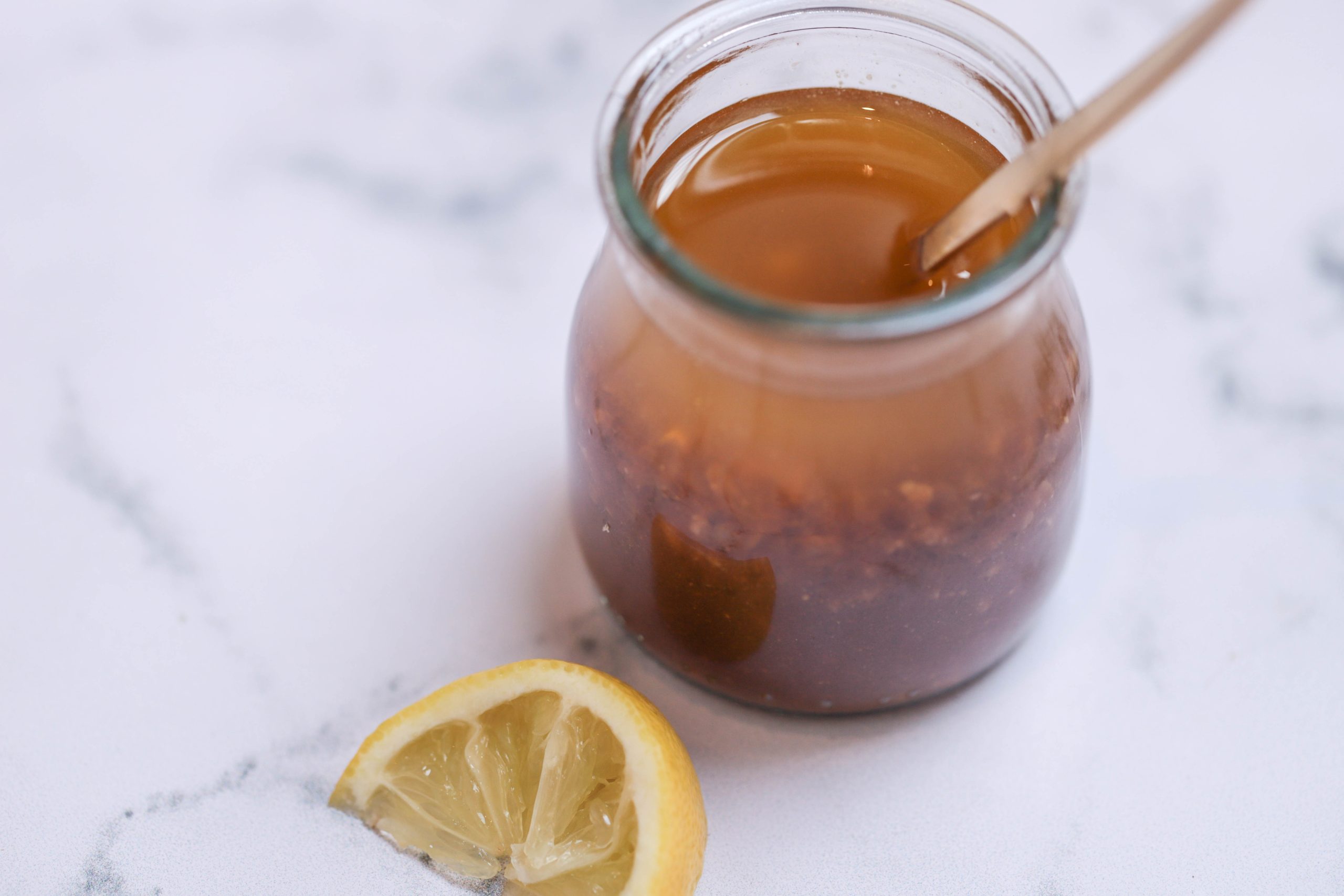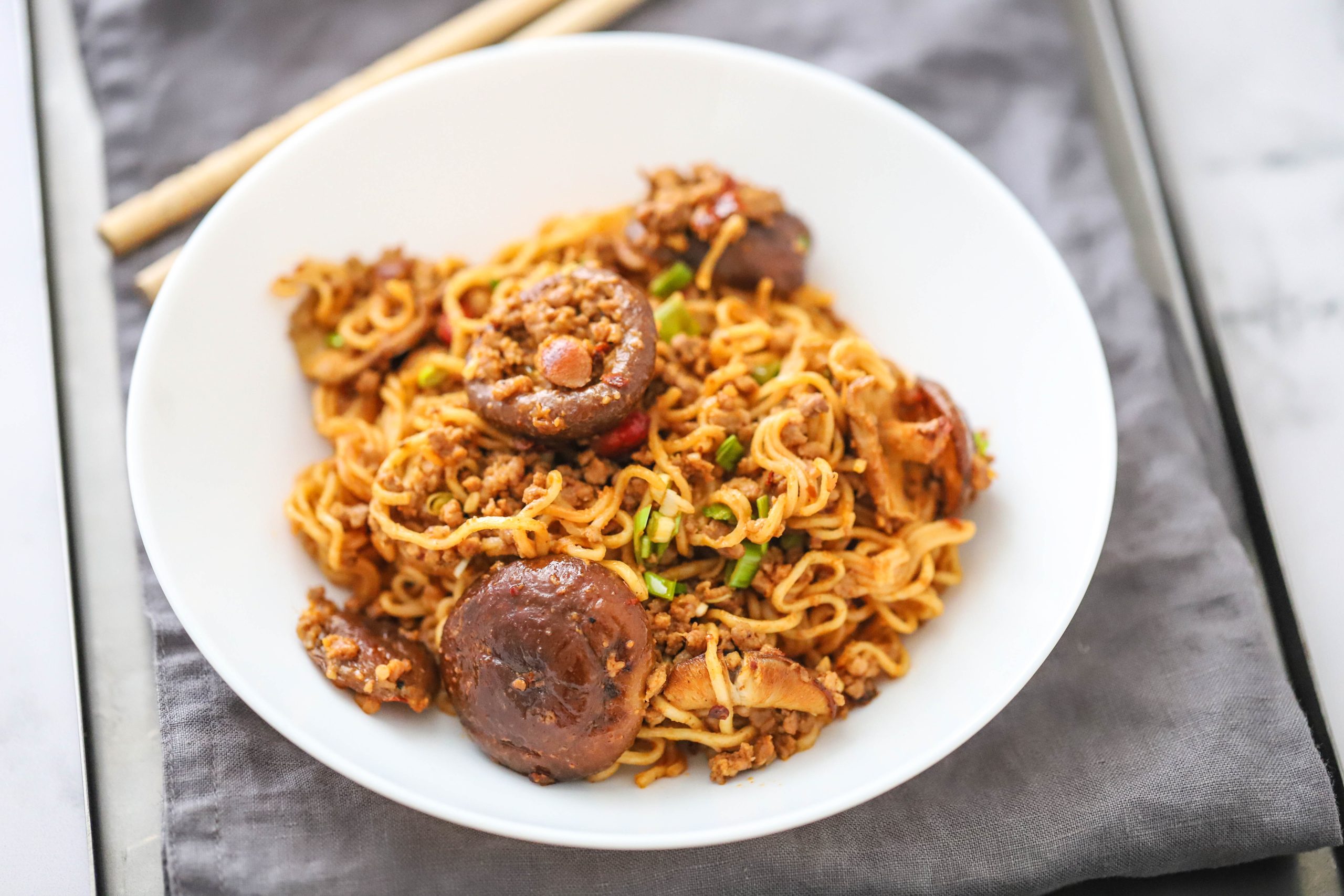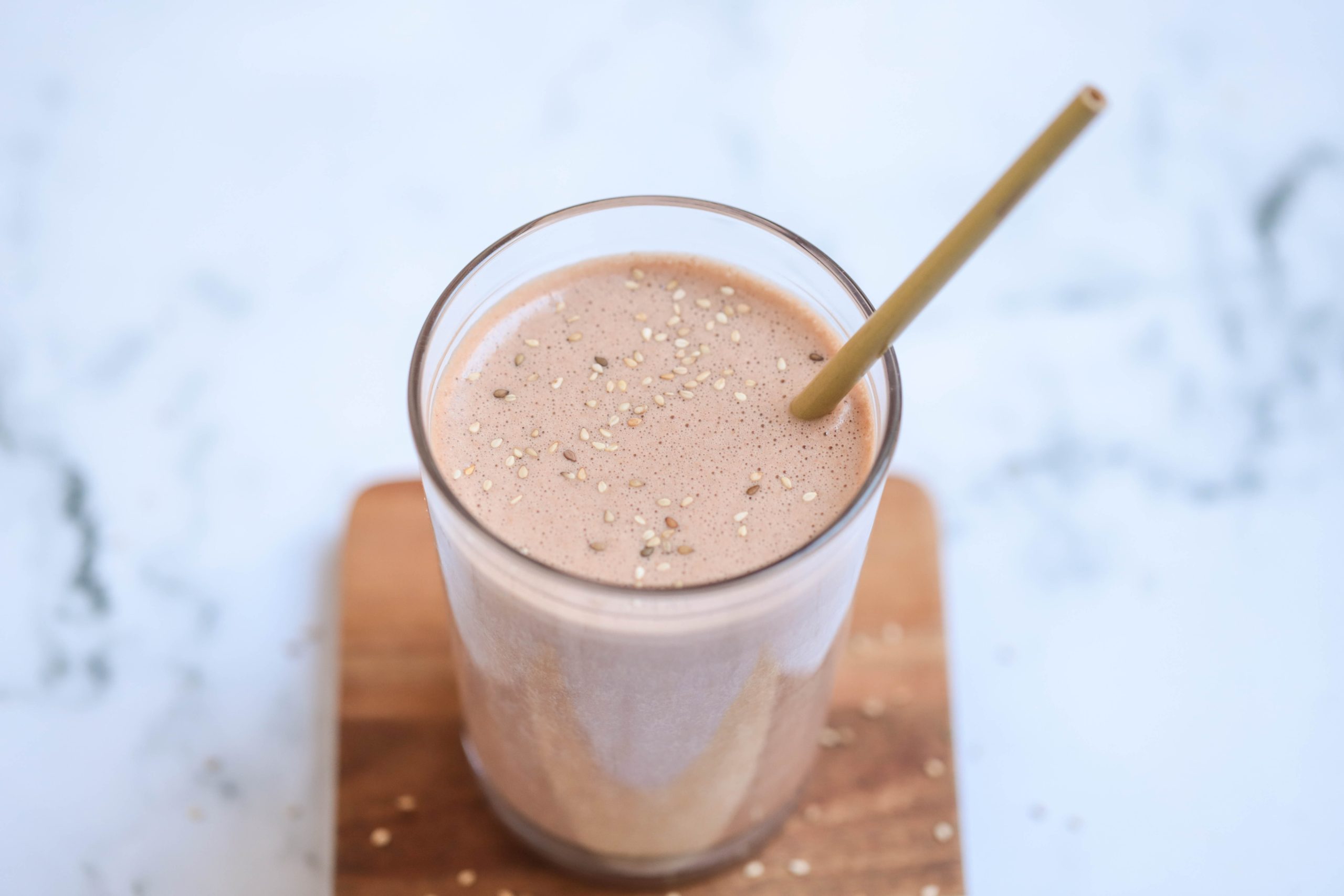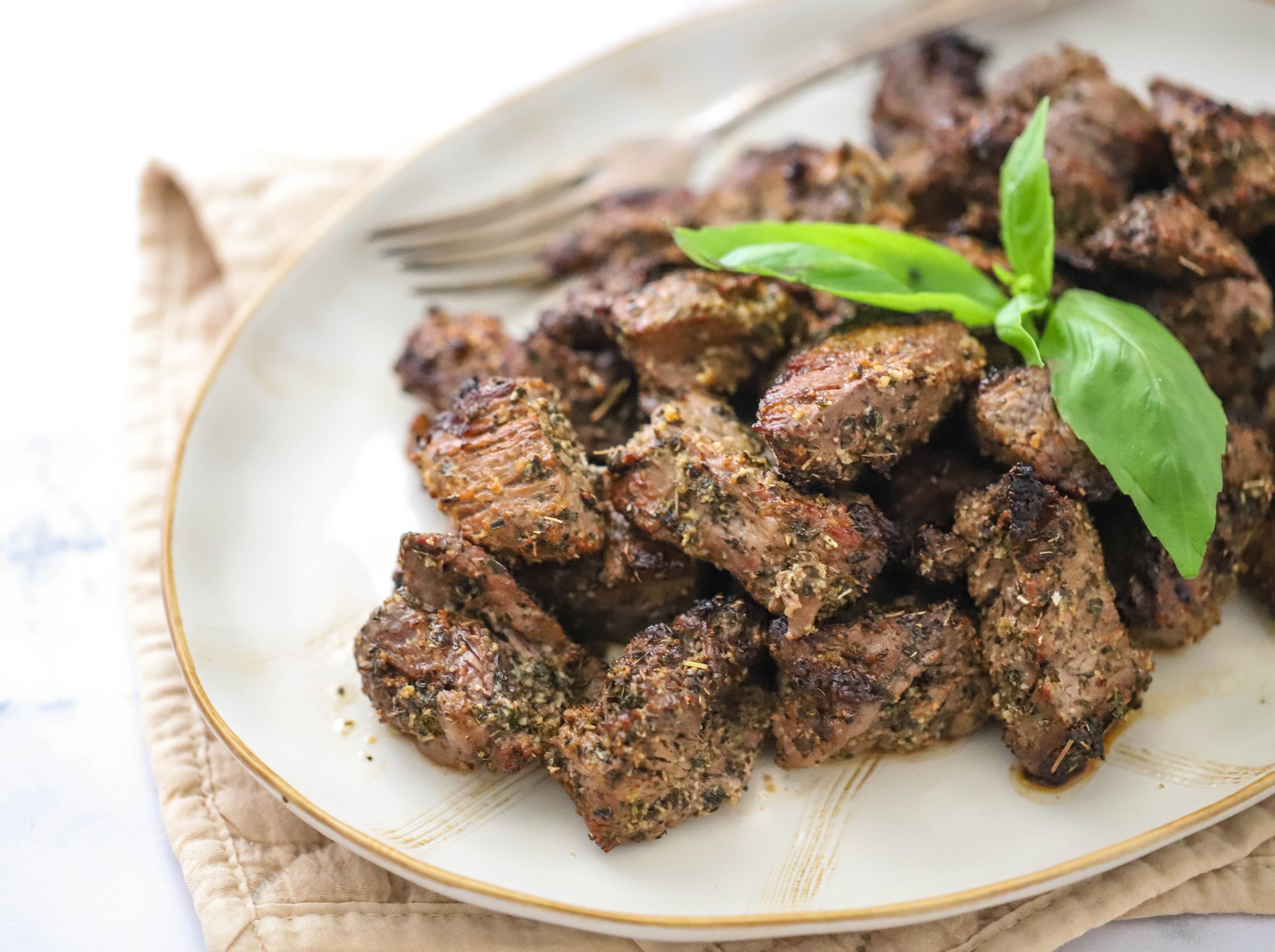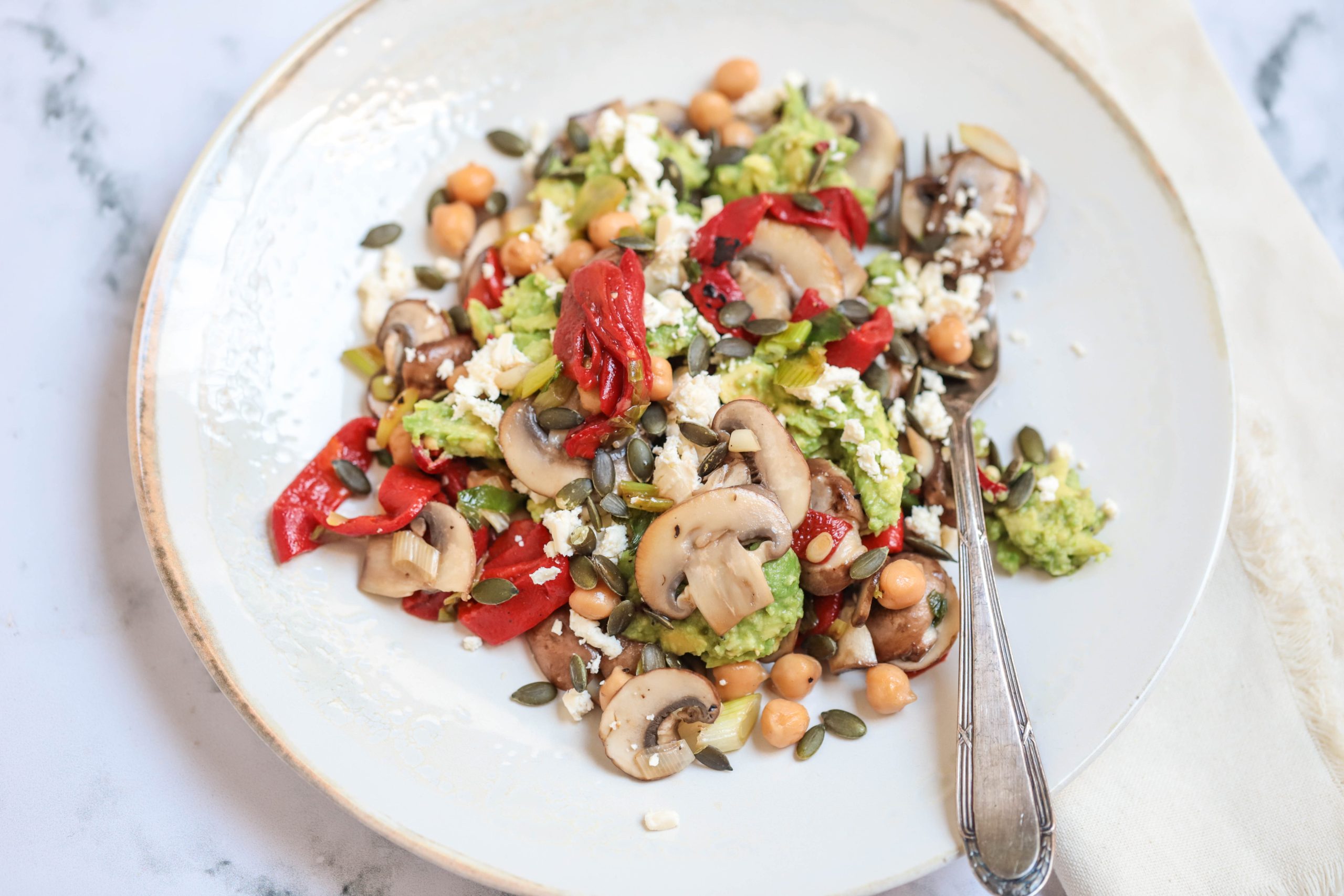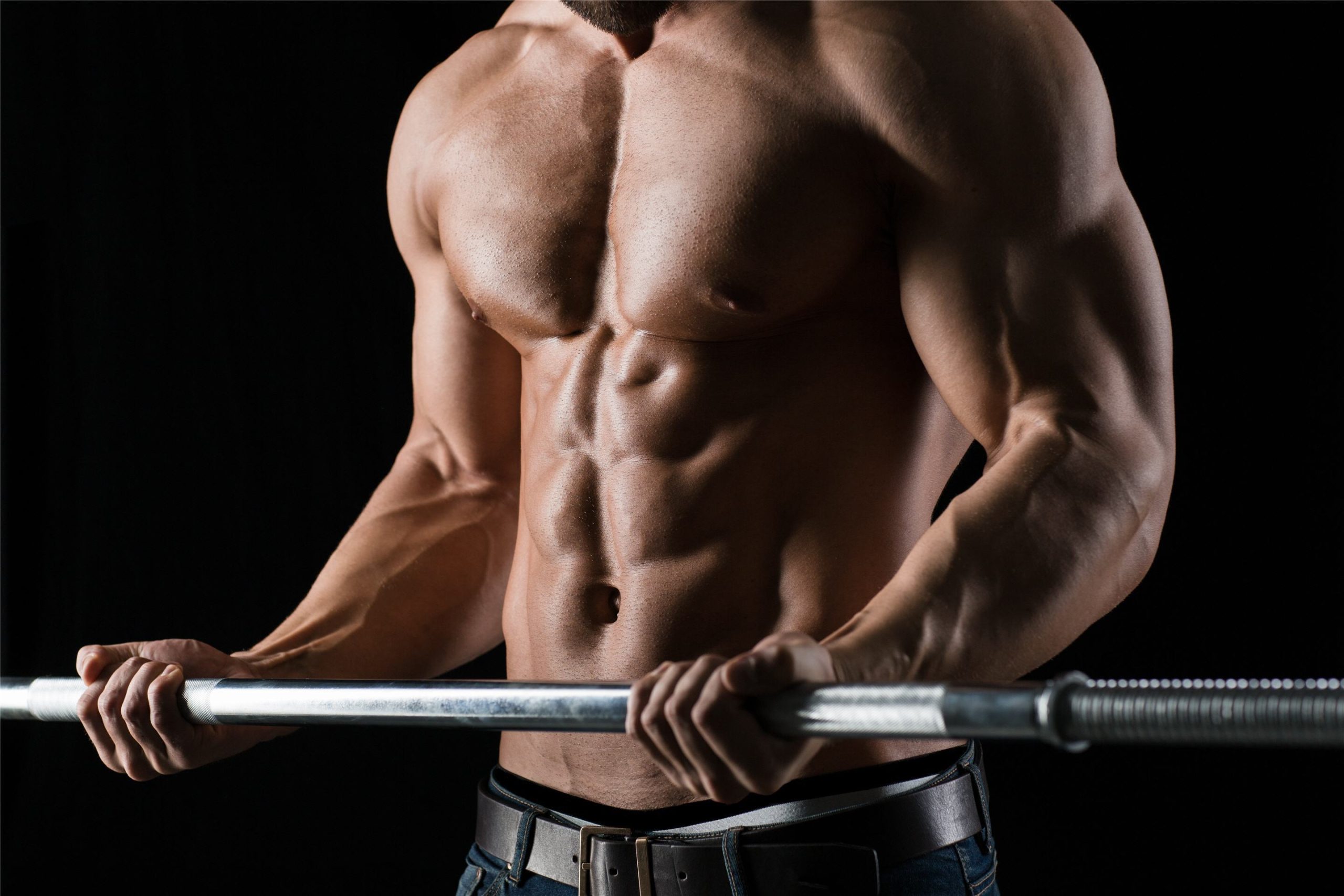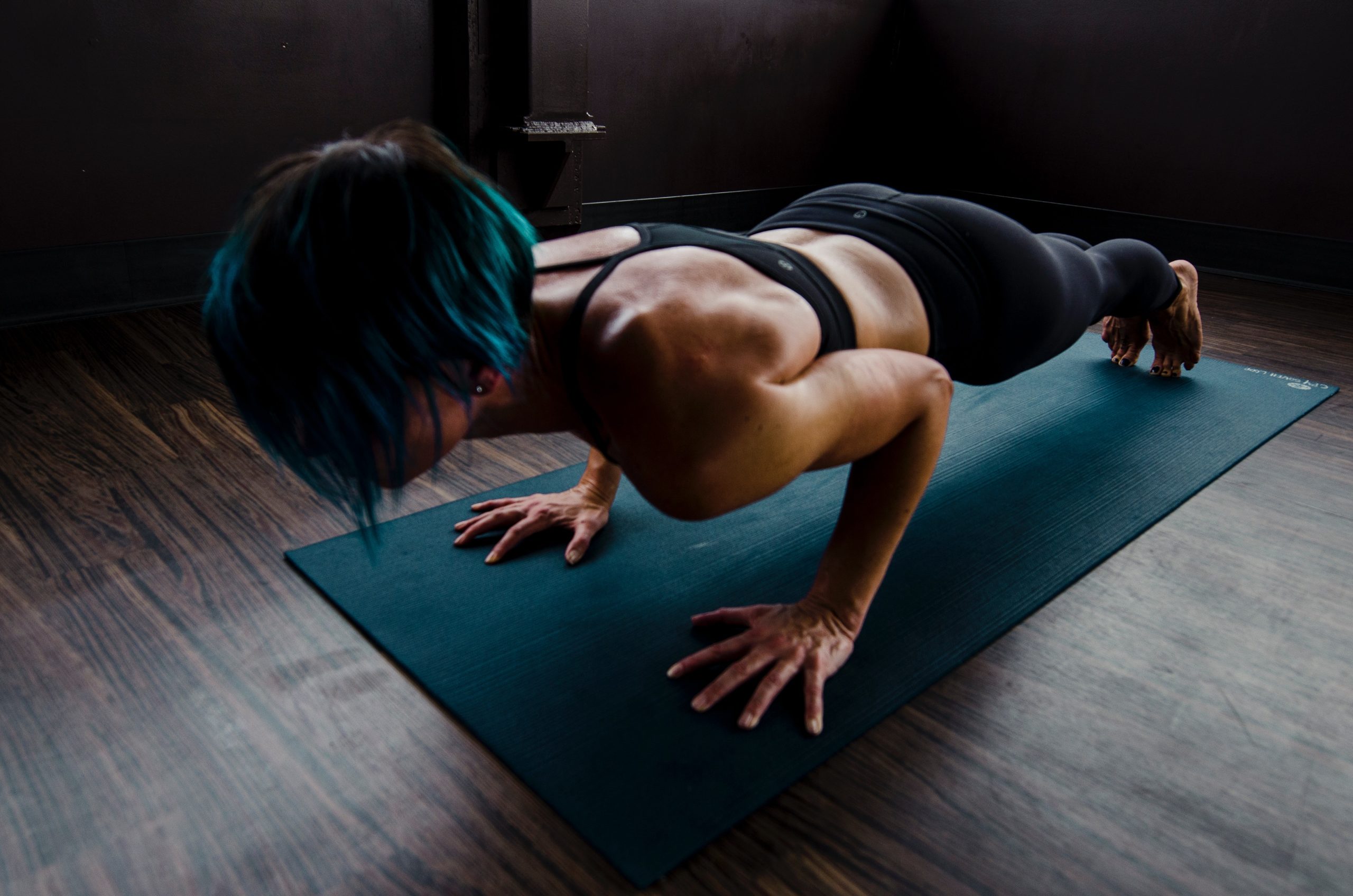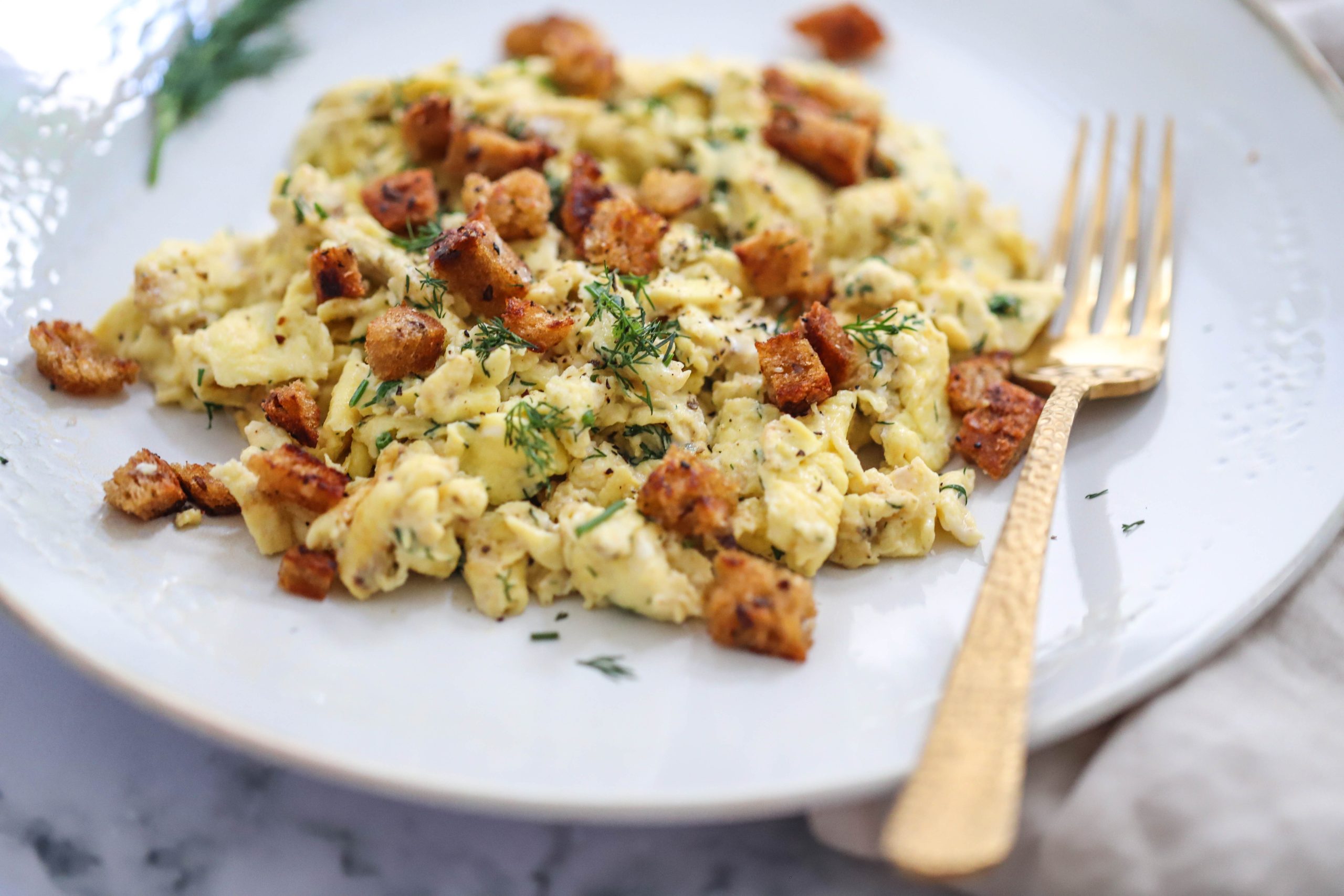The first rule of muscle gaining – or should we say rules?
If there’s one thing I’ve learned in the gym, it’s that there are many basic rules you should abide by.
And if you want to make gains, you’d better learn them fast.
Another thing is that there are no shortcuts – you have to put in the work.
And it’s not just hard work. It must be smart work – working hard around the fundamental principles.
This is especially valid for a tough process like muscle gaining, but rest assured – with a little bit of dedication and knowledge, you can turn your body into a lean, mean muscle-building machine.
In this article, we’ll talk about the fundamental principle of muscle growth that you simply can’t “hack” your way around.
Why Do Muscles Grow?
Ever wonder why your muscles seem to grow after a streak of particularly grueling workouts?
It’s not just “toning” because first, toning is a myth, and second, muscles actually do undergo physical changes in response to new, previously unknown stress.
When you subject your muscles to a novel form of stress, they respond by growing larger and stronger.
This increased size and strength allow them to better withstand the stress in the future.
Essentially, muscle growth is just your body saying, “alright, let’s see what else you got.”
But the term “previously unknown stress” is quite generic, so let’s narrow this down a bit to a more specific definition.
Rule Number One
Most people who are new to weightlifting often ask the question, “How do I gain muscle?”
The answer is actually quite simple: progressive overload.
Progressive overload is the gradual increase of stress placed on the body during exercise.
“Oh, so I just have to lift heavier?”
Well, yes and no.
Progressive overload is not just about lifting heavier weights – it’s about challenging your muscles in new ways.
By constantly challenging your muscles with new stimuli, you will force them to adapt and grow.
Now, without further ado, let’s have a look at the 4 tried and tested ways to realize the principle of progressive overload.
Increase Weight
There is no shortage of advice on how to progressively overload your training.
But what is the most effective way to do it? Well, the most common method is to simply increase the training weights.
Besides bulk muscle growth, increasing the weights used will also stimulate strength gains, which compounds benefit in time.
Nevertheless, you shouldn’t go too quickly about it.
Here’s a sample progression you can use in your workouts:
Step 1 – Start off with a challenging weight and do 5 sets of 5 reps
Step 2 – With every workout, go up a couple of reps
Step 3 – When you reach 5×8 with this weight, increase by up to 5 kg and do the same
Step 4 – Rinse and Repeat
Increase Reps
In the simple progression we showed above, it became clear that increasing the weight is accompanied by increased reps.
This is, in fact, the second most common way to progressively overload, and it may just be less strenuous and have a slightly lower risk of injuries.
Realizing it is quite simple – monitor your sets and add a couple of reps here and there.
Increase Sets
Besides increasing the reps done and the weight used, you can also opt for an increase in the total number of sets completed.
You’ve done 5×8 for some time and can’t quite feel it?
Add another set of 8!
This is the third most common way to progressively overload, and combined with the second one (increasing reps), it’s a fantastic way to increase the total work you’ve done during a workout.
Decrease Rest
The most uncommon way of realizing progressive overload is by decreasing rest times between sets.
In other words, you make the body do the same amount of work but in less time.
This is a form of progressive overload that is often overlooked. By decreasing rest times, you force the body to work harder and adapt to the new demands placed on it.
This can lead to increased muscle size, as well as improved strength and endurance.
So if you’re looking for a way to take your training to the next level, try decreasing your rest times and see how your body responds.
You might be surprised at the results.
Final Words
So, what is the first rule of muscle gaining? It’s not just about increasing the weights used.
You must challenge the muscles in new ways.
But remember that you also have to eat enough protein and get good sleep.
By following this simple (but effective) advice, you can start getting results in no time at all!
And as always, if you need an extra helping hand, don’t hesitate to reach out to us!
Looking for more knowlegde and inspiration?
Join our NSH FIT & Well Club TODAY!
By joining our NSH FIT & Well Club you get access to our massive library of Fitness Challenges, Workout Programs, Courses, Fit& Well Healthy Recipes + a free 12-week Email course with ebooks and guides on nutrition, health and mindset, and much, much more – and you get the first 14 days for FREE!
Click this link to learn more:
